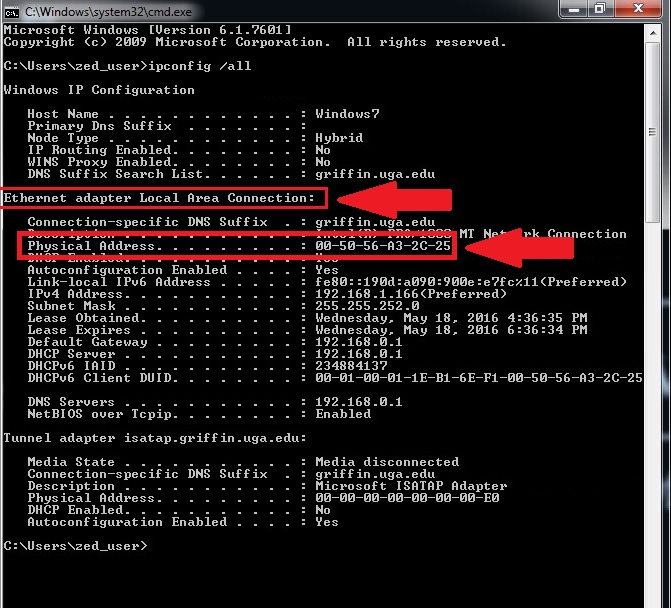


Now, you can access your network configuration information that includes your IPv4 and IPv6 address, Subnet mask, and Default Gateway.įor some individuals, the ifconfig command line may seem cryptic as all information regarding the network configuration is listed down in this command.Type in ifconfig or ifconfig -a ( ‘a’ indicating all) in the Terminal and hit Enter.From the left panel, choose the Applications option.Open up Finder and head over to the menu bar.Here is a step-by-step guide on running the ipconfig on Mac using the Terminal application. In addition to this, Mac uses Terminal instead of the Command Prompt Utility. How to Run ipconfig on Mac?Īs previously mentioned above, the ipconfig slightly varies in your Mac device. So, in this article, let’s learn how to run the alternative to the ipconfig command on your Mac devices. It is because the command line slightly varies in your Mac device.

However, if you are on a Mac device, you might not get the IP address or any form of information regarding your network from this command. The ipconfig command-line helps identify your local IP address, the subnet, and the default gateway on your Windows PC device.


 0 kommentar(er)
0 kommentar(er)
